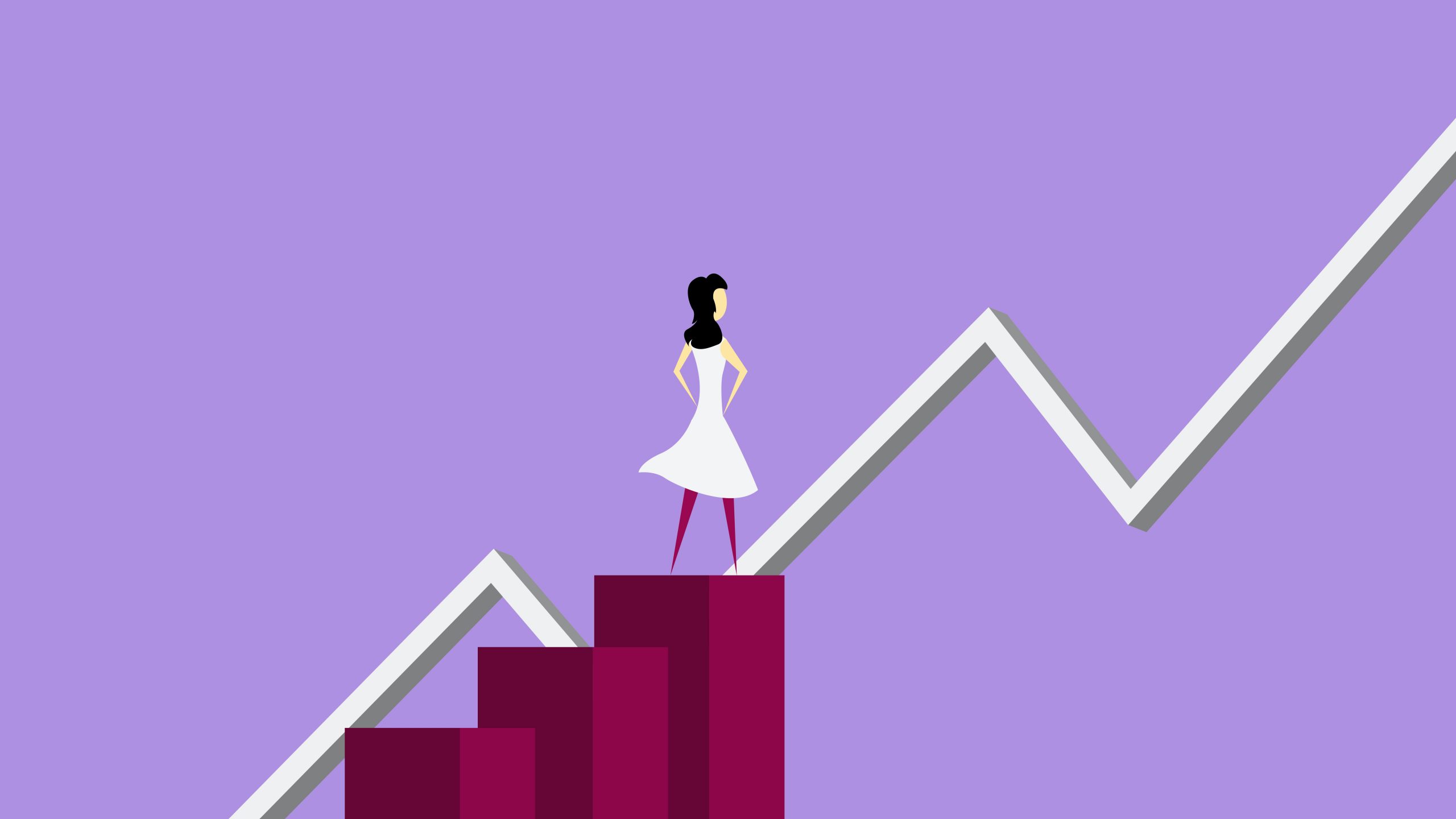On one hand, gross domestic product, a key measure of economic output, shrank for the second straight quarter this week, raising fears that the country has entered — or will soon enter — recession territory. On the other hand, the job market remains very strong, telling us the economy is still robust.
Some economists call two consecutive quarters of contraction a technical recession. And with good reason: 10 out of the last 10 times the US economy shrank for two consecutive quarters, the US economy was declared to be in a recession. But massive job losses occurred during seven out of the past seven recessions, and that’s not happening now.
There’s no steadfast rule governing what defines a recession in the United States. Instead the official designation is determined by eight economists who serve together on the Business Cycle Dating Committee. The group works under the umbrella of the National Bureau of Economic Research (NBER), a private nonprofit organization. It has yet to use the “recession” label.
They abide by a relatively vague definition that allows for wiggle room: A recession, they write, “involves a significant decline in economic activity that is spread across the economy and lasts more than a few months.”
So are we in a recession, really? It’s hard to say. But here’s why we may be. And why we may not be.
Inventories
Business inventory problems play a key role in the swings of the economy, and a large chunk of the economic contraction we saw last quarter came from companies slowing the expansion of those inventories. Last year, businesses stocked up on goods to get ahead of supply chain woes and in anticipation of post-Covid consumer demand, but now they may be overstocked.
Enter your email to subscribe to the CNN Business Newsletter.
close dialog
GDP contracted at an annual rate of 0.9% in the second quarter, but a slowdown in inventory accumulation removed a whopping 2 percentage points from output. That means the economy would have grown if companies weren’t culling their stockpiles. It also signals that consumer demand could be weakening, another sign of a recession.
Jobs
The labor market has remained a source of strength for the economy and the shining beacon of hope among those who believe the United States can avoid a recession.
As of June, 98% of jobs lost during the pandemic had been recovered. Unemployment has remained at its historic lows in 2022, and the US economy has added 2.2 million jobs since January — nearly the fastest growth on record.
In May, there were about two open positions for every job seeker, along with historically low levels of layoffs. The economy is creating almost 400,000 jobs a month, and paychecks in June were also growing. That doesn’t look like a normal recession.
Inflation & rate hikes
Inflation is at historic highs in the United States, and it’s eating into consumer spending power.
US consumer prices surged to a new pandemic-era peak in June, jumping by 9.1% year-over-year, according to the most recent data from the Bureau of Labor Statistics. That’s higher than the previous reading, when prices rose by 8.6% for the year ending in May.
Accordingly, money is tight in many US households: New data from the Bureau of Economic Analysis shows Americans are saving much less than they did a year ago. In May, Americans saved just 5.4% of disposable personal income, down from 12.4% year-over-year.
To counter white-hot inflation, the Federal Reserve has approved a series of supersized interest rate hikes this year. Higher rates keep prices in check by slowing the economy down. But the Fed is walking a narrow line. In the 11 times the Fed raised rates, the Fed has successfully avoided recession only three times. During each of those cycles, inflation was lower than it is today. That has made some analysts and market participants nervous about a potential recession.
Consumer sentiment & spending
Consumer spending, the largest part of the US economy, is rising. That’s a good sign for the economy. Household spending grew in June by 1.1%, up from a revised 0.3% increase in May, the Commerce Department reported on Friday.
That growth, however, could be the result of rising inflation. Overall, Americans are growing pessimistic about the economy.
The Conference Board Consumer Confidence Index decreased in July for the third straight month. About 43% of 3,000 respondents said they think there’s a greater than 50% chance that the US will fall into a recession in the next 12 months, while just 13% said that in April.
Yield curve
The shape of the yield curve, which plots the return of Treasury securities, is one of the most reliable indicators of the health of the economy, and it has been flashing signs of a looming recession for most of July.
An inverted yield curve is often seen as a signal that investors are more nervous about the immediate future than the longer term, leading interest rates on short-term bonds to move higher than those paid on long-term bonds.
Fed Chair Jerome Powell on Wednesday said that he does not think the economy is currently in recession, but yield curves say something else. They’ve moved into an “inversion” in the past few weeks.
A yield curve inversion has preceded every single recession since 1955, according to research from the Federal Reserve Bank of San Francisco.
Connect with me, I’m here to help.


